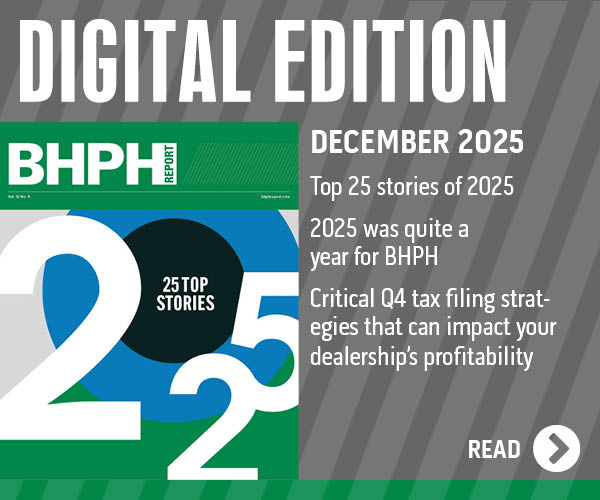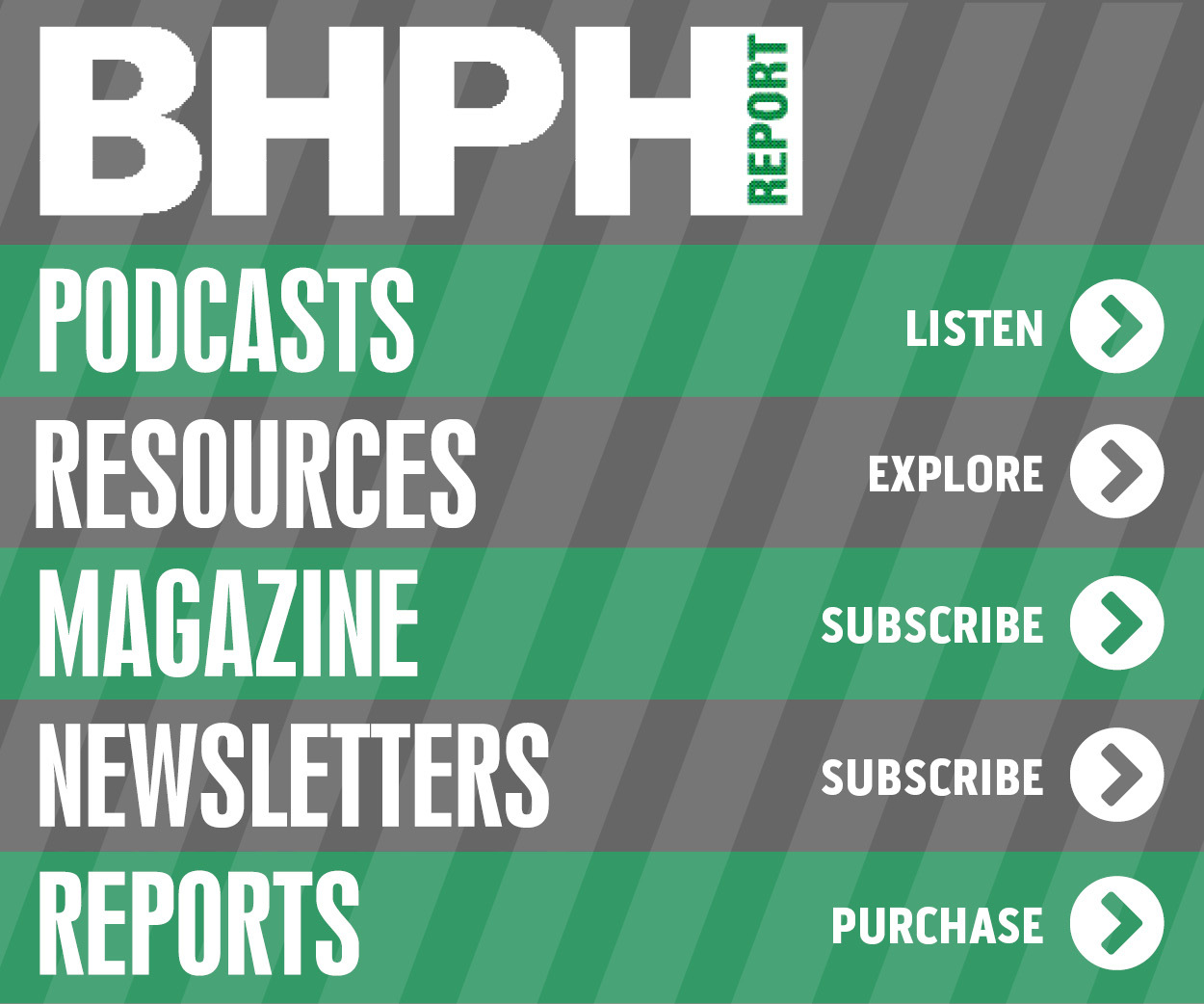Rable: Seeing the Light and Surveying the Alternative Data Landscape

By subscribing, you agree to receive communications from Auto Remarketing and our partners in accordance with our Privacy Policy. We may share your information with select partners and sponsors who may contact you about their products and services. You may unsubscribe at any time.
ROSWELL, Ga. –
I just heard an old Korean saying that simply states, “It is dark under a lamp.”
The concept — that a lamp illuminates everything out in front of it but can’t shed light on what lies just beneath — helps remind us that we don’t always need to look far for the answers we seek.
Sometimes they can be nearby or right beneath our noses.
When it comes to competing for and analyzing underbanked consumers — 70 million people and counting in the United States — we cannot rely on traditional credit reporting to reveal valuable insight on them. That insight exists, however, even though it’s not obviously illuminated by mainstream sources. In order to find it, we have to look in another place: the alternative data landscape.
And the good news is that this readily accessible wealth of information sits right beneath the proverbial lamp.
Who Are the Underbanked?
Subscribe to Auto Remarketing to stay informed and stay ahead.
By subscribing, you agree to receive communications from Auto Remarketing and our partners in accordance with our Privacy Policy. We may share your information with select partners and sponsors who may contact you about their products and services. You may unsubscribe at any time.
Let’s first step back for a second and define the underbanked. They are typically consumers who often have existing banking relationships — usually a checking account — but do not utilize traditional credit options either by choice or due to past credit challenges.
A report by the Center for Financial Services Innovation (CFSI) shows revenue from interest and fees paid by the underbanked exceeds $78 billion annually, which points to an immense opportunity.
The truth is that these consumers are quite different than advocacy groups would have you believe. By reviewing the data available through FactorTrust’s database, we have been able to reveal that the average loan applicant is 30 years of age, while the average borrower is 38.
With the FactorTrust Underbanked Index, we have also identified that one in three underbanked consumers has a bachelor’s degree or higher; 52 percent of them are employed within the primary areas of retail, banking and government, and they outpace the general population in terms of cellphone and smartphone ownership.
Who is Targeting the Underbanked?
As you might imagine, numerous industries target the underbanked consumer.
Consider, specifically, the auto finance industry, which according to the previously mentioned CFSI studies, continues to be the highest volume and one of the fastest-growing product areas for these consumers. Underbanked (or non-prime, as they are known in the industry) auto loans increased in 2013 due to sheer growth in the number of customers fitting that profile as well as a willingness in the industry to take on riskier, larger loans, and auto loan interest rates reaching all-time lows.
Look next to consumer finance (personal loans generally ranging from $100 to $5,000 with monthly installments), where underbanked loan growth has recently been fueled by a general decline in the availability of traditional consumer credit. Between 2007 and 2010, available consumer credit dropped from $887 billion to $433 billion.
This decrease means that traditional lenders are following stricter guidelines regarding to whom and how they will offer consumer credit, which opened the door for consumer finance organizations to step in and fill the void.
Not surprisingly, you’ll find insurance companies also squaring their sights on this segment, particularly after the toll that the premium shrinkage over the last seven years has taken on the industry. The underbanked become a prime target for growth to combat declining revenues in other consumer segments.
Want to see an opportunity? Millennials, a large percentage of the underbanked, constitute more than a quarter of the U.S. population. Unfortunately, the market offers limited insurance scoring and credit profiling tools for the underbanked customer demographic.
Alternative data emerges here as the most effective way of verifying underbanked citizens and also unveiling new opportunities to best serve them.
Alternative Data: Verifying the Underbanked
Just as the label implies, alternative data falls outside the scope of the “Big Three” credit reporting bureaus and includes public and private records procured from governmental and institutional sources and is accessible via third-party aggregators.
Alternative data sources could include records from public files, utility and telecommunications companies and others.
From public records, one may access an immense amount of data regarding a consumer’s property ownership, bankruptcies, liens or judgments and relationships. Utility or telecommunications companies can provide a consumer’s contact details or timeliness of payment.
By examining employment records, one can learn whether or not a consumer has a job and his pay frequency. Rental records provide data such as rental lengths and payment history; bank verification processes reveal banking relationships and account types.
And alternative tradeline accounts offer access to application inquiries, loan performance and consumer stability details.
All of this data can deliver numerous benefits, namely that a lending company may better understand an underbanked consumer and their financial habits and thus provide them with more appropriate, cost-effective credit products. Possessing a more detailed picture of that consumer will also reduce first payment defaults.
Now, it’s fair here to ask why alternative data is not more widely used. I believe that it’s simply unknown, or in some instances, misunderstood.
First, the high value of this data stokes the inherent competitive nature within lending companies. More of them are using alternative data than you think, and they simply aren’t openly sharing this strategy.
This is also a fairly new concept, so if companies are interested in utilizing alternative data, they must innovate their company processes and culture, which takes time and resources, particularly analytical resources, which many companies lack.
This weakens a company’s confidence to take action quickly. And, finally, the broad perception that only a consumer’s negative performance is reported, is simply inaccurate.
Alternative Data Lowers Risk
In a recent article presenting the manager’s perspective on alternative credit data, Daniel Parry, co-founder and chief executive officer of auto finance company Praxis Finance Corp., writes, “In the present environment of intense competition and dwindling yield, it is more important than ever for managers to be engaged in innovative ways to gain competitive advantage, protect margin and deliver results.”
Parry validates my argument that competition has never been fiercer for lending companies. Now is the time that they must employ all necessary tools — specifically alternative data — to broaden their customer base and command their share of the market.
FactorTrust ensures success by providing the only alternative consumer reporting agency (CRA) with a scoring model built exclusively on proprietary data and a team of in-house predictive analytics experts and statisticians with extensive experience in consumer credit.
With the ability to analyze more than 800 existing and derived patented data attributes, scoring is accurate and dependable.
Companies such as mine have built a business around collecting quality data from a variety of less traditional sources. We have gathered additional intelligence by accessing public and private records, sanctions and identity-related information.
Information from these sources not only augments our proprietary data, but also allows us to score anyone, especially the underbanked.
You could say that we effectively shed the necessary light on that darkness beneath the lamp.
Greg Rable is chairman and chief executive officer of FactorTrust, which specializes in predictive credit scoring and data solutions for underbanked consumers. Prior to founding FactorTrust, Rable served as senior vice president of global services at Premiere Global Services, a global outsource provider of communications technology. Since founding FactorTrust, he has overseen rapid growth in the U.S. and expansion of the company’s services to both the U.K. and Canada.


